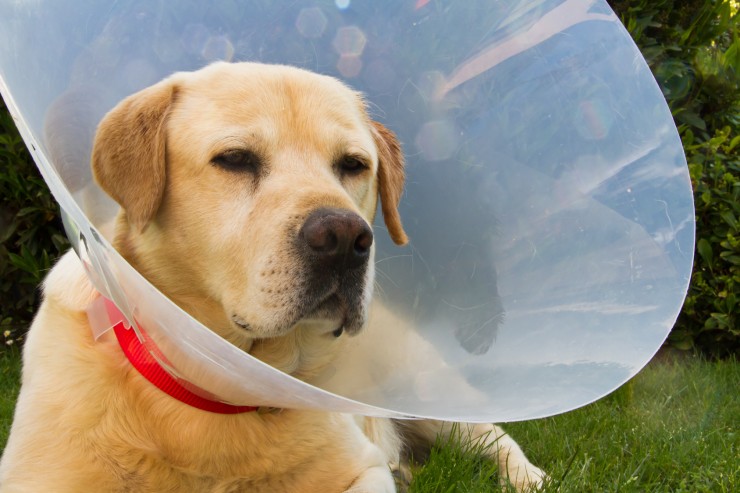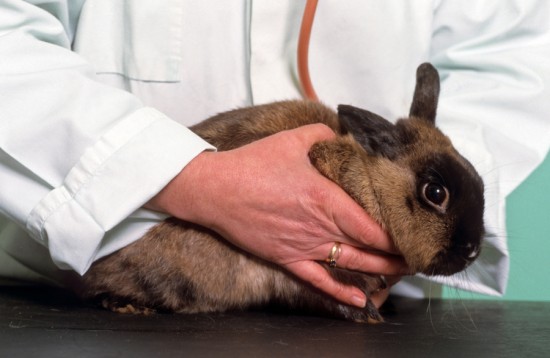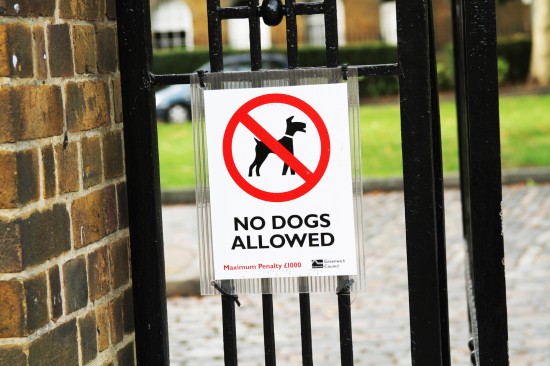
Most of us have some type of first aid kit in our homes. They are necessary for those small bumps and scrapes our children get or those we inflict upon ourselves. It is important not to exclude your pet in that category as well. Your pets first aid kit may have some of the same things, but there are some notable differences.
If your dog has special needs that you may have to treat, you should consult with your veterinarian to determine what special equipment should be included.
A basic dog first aid kit should include the following:
1. A current animal first aid booklet
2. Blanket: You will need a blanket to keep your pooch warm in case of serious injury. This will help prevent the dog from going into shock.
3. Tweezers: tweezers are great for removing stickers, splinters and ticks. There are commercial tick removers that are more efficient, but you may not have it on hand.
4. Scissors to cut bandages you apply to wounds.
5. Muzzle may be needed to keep your dog from licking the wound or biting the caregiver.
6. Roller gauze and tape. If you have access to the tape that vets use, it is preferable. This tape sticks to itself and not to the animals hair. There are similar products available at some drug stores.
7. Gauze pads
8. Thermometer: either a rectal or ear thermometer can be used. The dogs temperature should be between 100.5 and 102.5 F.
9. Splints
10. Latex gloves for you to use while dressing the wound.
11. Zipper lock bags.
12. Antibiotic ointment
13. Betadine swabs
14. Benadryl tablets at your vets suggestion
15. Ear syringe
16. Eye wash
17. Flashlight
18. Peroxide and/or activated charcoal: these will be used if your dog ingests something harmful.
19. All of your dogs medical records and pertinent info. This will include your veterinarians phone number, shot records and any medications your dog takes routinely.
Hydrogen peroxide can be used to induce vomiting after your dog ingests poisons. You will need a syringe or measuring device to administer this properly. Use 1 tsp for every 10 pounds of dogs, not to exceed 3 teaspoons at any time. For some dogs one administration will work. For others you may have to repeat it.
Insert the syringe into the back of the dogs mouth and squirt it down slowly.
Check with your veterinarian before administering the peroxide. There are some poisons that need to be treated differently and vomiting may increase the danger to your pet.
Having a first aid kit in your home for both you and your pets is the smart thing to do. You should keep them in the same place in your home to make them easy to find. Often the first few minutes after your dog is injured is the best time to begin treatment. We often handle cuts on our children, and we can do the same for our dog. Cleansing with a fifty-fifty hydrogen peroxide and applying antibiotic ointment and a bandage is routine for humans and dogs.
 Red Eye In The Dog - What Causes It And What Can Be Done About It?
Red Eye In The Do
Red Eye In The Dog - What Causes It And What Can Be Done About It?
Red Eye In The Do
 How to Find the Perfect Dog – For YOU!
How to Find the Perfect Dog – For YOU!
 Dogs And Elizabethan Collars Versus The Alternatives
Dogs And Elizabet
Dogs And Elizabethan Collars Versus The Alternatives
Dogs And Elizabet
 Top 5 Signs Your Rabbit Needs To See A Vet!
Top 5 Signs Your
Top 5 Signs Your Rabbit Needs To See A Vet!
Top 5 Signs Your
 Dangerous Wild Animals Legislation And Other Laws That Control Animal Keeping
Dangerous Wild An
Dangerous Wild Animals Legislation And Other Laws That Control Animal Keeping
Dangerous Wild An
Copyright © 2005-2016 Pet Information All Rights Reserved
Contact us: www162date@outlook.com